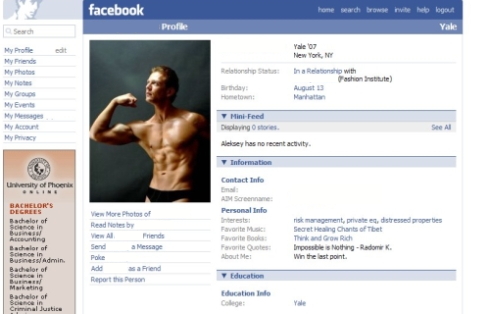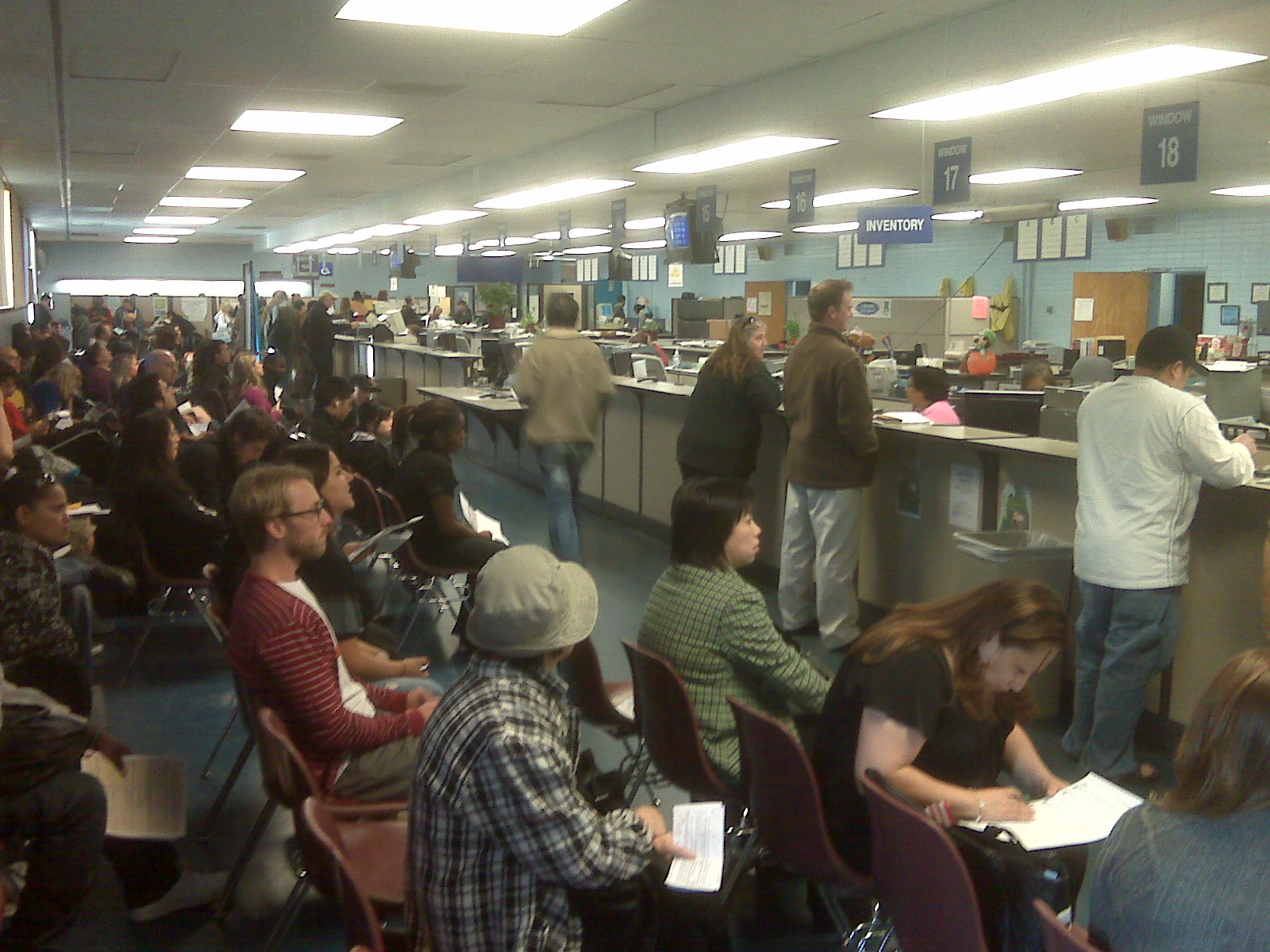
We’ve already established that we’re crazy for opening a bricks and mortar retail store just when everything is shifting to online en masse. So let’s let that decision go for the moment.
It turns out that it is significantly more challenging to create a distinct physical space (or as I like to call it “meat space”) and concept than one might think.
The components aren’t tough individually: find an appropriate space, retrofit the space for your concept, acquire and install fixtures and ambiance, select, test, source, and display products, install the right backend systems to operate your business, don’t forget the various business licenses and ordinances (Half Moon Bay has a 28 page ordinance pertaining just to signs for instance), acquire the right branding inclusive of domains, Twitter handles, Facebook space etc., select, hire, and train staff. Establish the right inventory controls and visibility. The list goes on.
We haven’t even started with the promotion and community involvement to give the store the right lift at take-off.
We’re ticking these things off the list one by one, and working them all in parallel. It’s a fascinating and exhilarating experience. The meat space location is coming along nicely. We’re now in fixture and product land. Had a great meeting yesterday with a local woodworking artist we would like to work with on the store, you can see his stuff in the remodeled San Pedro Square project in downtown San Jose. One of his works is in the picture top right.
Over the weekend I made a trip to Martinez, California to meet with a collector of interesting stuff. It was an old library card catalog that caught my eye but it turned out there were many other treasures to behold and consider. Between this collector and the local woodworking artist, I think we will be able to outfit the store with the right fixtures. Not just correct, but very interesting in character and supportive of the overall concept. That’s pretty exciting!
The thing that has been most interesting is in sharing our concept with people as we work to complete these tasks. The feedback has been surprisingly positive and we’ve had a reaction of “that’s the kind of store I would like to visit.” Can’t wait to complete some more of the punch list and share more progress with you along the way.

As a refresher, the explicit deal regarding a patent is that the inventor(s) agree to publicly disclose the details of their invention in exchange for a period of time where the idea belongs to them alone. Others can only use the invention with the inventor’s permission during that finite period of exclusive protection. This means a license can be granted to a third-party so that they create something using the protected intellectual property. All fair and good if you ask me.
Where it starts to go wrong is with what has been happening over the past 40 years or so. Large companies pay bounties (bonuses) for inventors to file a disclosure which gets reviewed internally and sometimes turns into a patent filing, which in turn, sometimes turns into a patent. These patents may or may not have anything to do with the company’s core business. The reason companies do this is to build up a big, broad patent portfolio which can be used for offensive or defensive purposes. The defensive use is to fend off other companies who claim infringement upon their IP – often resulting in cross licensing of the patent portfolios.
The offensive use is to seek other companies out who may be infringing on the IP and either extract a license fee from them or put them out of business. This is how the big guys fight the little guys, because no small company can hope to compete with the room full of $500/hour IP lawyers with shiny shoes. It also creates a lucrative revenue stream for the patent holders; companies like IBM harvest billions of dollars annually from the license fees to their patent portfolio.
Today, Honeywell filed a lawsuit against Nest Labs and Best Buy (more on them in a minute) claiming that Nest infringed on 7 of their patents. The Best Buy bit of this shows you the money angle because BBUY sells the Nest thermostat in their retail stores. They are a great target because they are big and presumably are a big part of Nest’s distribution of their smart thermostat.
Where this story goes wrong for me is that Honeywell evaluated smart thermostat technology and determined that there was no market for it and opted to not pursue it as a product. This is where the story should have ended. They may have patents, but they are not using them actively in their business. Now we’re seeing the legal action because Nest demonstrated that there is a market meaning Honeywell screwed up their own market research. In other words, these patents are only useful because Nest proved there IS a market for smart thermostats.
Technically, Honeywell is acting within the law to enforce and monetize their intellectual property, if it is found that Nest did infringe upon 1 or more of the 7 patents in question. Morally, Honeywell is acting the corporate douchebag by using patents it decided were meaningless in its own business to hold up an innovator (and distributor) for cash. It’s disingenuous for me to say Honeywell is the only company that practices this policy – they are not. They are simply the most recent and public example.
As many have written, the patent system is screwed up in this country and this is yet another example of how. There should be at least some requirement of use or intended use for patent protection to be valid.
This story may well turn out for the best in that Nest will get extra press and more people will try their groundbreaking technology resulting in energy savings and a more pleasant home. Let’s hope Honeywell simply stops the strong arm tactics and shows some innovation of their own. It’s one thing to file for a patent, it’s quite another to execute the ideas with the amount of grace and style that Nest has. Who would ever think a thermometer would be described like that?
So, Honeywell, stop sucking. Stop being a corporate douchebag. If you want a piece of this market, build something with your patented ideas. Until then, you’re just acting a big bully. Honeywell may find that this action puts them on the wrong side of the broader technical community unintentionally and as a result, they may start paying a price that was not anticipated. Choose wisely.
Disclosure: I have no financial interest in Honeywell, Nest, or Best Buy nor do I intend to have any such interest in these companies in the near future.
 Prototypical Facebook Douchebag
Prototypical Facebook DouchebagTake this from a guy who still uses vi to write raw C code, Facebook is way over-hyped. Now, having read the salient points of the S-1 (this is the document filed with the Securities and Exchange Commission on intent for public stock offering) I can’t deny that the numbers are fabulous.
Here’s the thing: So were AOL’s on the eve of its public offering. I’m talking pre-Time-Warner AOL, the company that reminded you of their existence each and every day when you went to the mail box where there was at least one disc with 10 hours of free AOL if only you installed their malware.
Since many of you have missed previous hype cycles, it’s important to watch for patterns and trends across industries and companies. In the 1990’s, AOL was a darling creating a proprietary and safe online experience, with a community of people closely connected and an ecosystem of partners making money hand over fist. AOL was the 3rd incarnation of this effect that started off with private bulletin-board-systems (BBS’s) in generation one. Compuserve commercialized and scaled this as wave two. Prodigy (failed) and AOL (succeeded) represented the third wave. The major difference was that the experience was available to the larger, non-technical community and it did everything possible, even with the rise of the general internet, to keep users inside the AOL bounds. We see how that worked out, not very well.
Flash forward into the 2000’s and we see a similar trend. Wave one consists of various niche community sites, all fragmented and frothy. Wave two has a flag bearer in the form of Friendster bringing peer-to-peer to friendships to the forefront. Wave three has two major players, MySpace (failed) and Facebook (succeeded).) Like AOL, Facebook has an ecosystem where partners are making money, for now. Like AOL, Facebook brought social networking to the non-technical masses. Like AOL, Facebook does everything in its power to trap users in their curated and proprietary Facebook experience. Like AOL, the signal to noise ratio approaches zero with prolonged exposure – the amount of douchebaggery increases exponentially with the number of active community members.
So yes, the numbers are stunning. Today. And perhaps for some short period of years into the future. My bet is that Facebook doesn’t have a sustainable competitive advantage that will allow for this sort of financial performance over the long haul. I hope the FB team gets a great pay day, they’ve created a big, profitable monster.
But, I wouldn’t be long in the stock anymore than I would participate in the Facebook community routinely. I believe a free, uncurated, non-commerically oriented alternative will emerge (G+ – maybe?) and will erode their base just as Facebook eroded MySpace and Friendster. And then we’ll be along to the next wave. My bet on the next wave is micro-communities with extremely focused and committed membership in a large, horizontally scaling public infrastructure.
So no, I’m not drinking the Facebook cool-aid. Caveat Emptor.

As we embark on our stealth retail project, one of the things we’ve done is talk about the worst experiences possible in a retail / service environment. Now you’ll see why my wife calls me a G.O.M. aka “grumpy old man.” What follows is our Top 10 list of retail / service infamy. If you have others, please contribute as a comment!
#10 – IKEA – This will be a controversial entry I’m sure. Many people I know love the IKEA experience of being herded through the store like cattle on a drive from deep New Mexico to St. Louis. But not me. Why this makes the Top 10 is because it’s a forced experience regardless of the shopper’s desire to participate.
#9 – Safeway – Modern grocery stores are the embodiment of the factory model as fitted into retail science. Optimized to shove as many people through the store in as short a time as possible while picking clean their pockets along the way. In addition to this, the “loyalty cards” or penalty for not having one, take big brother to a whole new level.
#8 – Fry’s Electronics – In as much as the geek in me loves the varied product at Fry’s, it’s simply a high-tech supermarket with commissioned sales people who a) know very little about their products and b) are unable to understand the notion of browsing. Couple this with the abysmal product return experience and it’s a wonder people continue to shop there.
#7 – Nearly Any Art Gallery – One of the things we have in abundance in Half Moon Bay are art galleries. Now, I know they have interesting and expensive stuff, but the general feeling one gets as one walks in is that “you are a suspect” bound to steal or destroy the merchandise. Keep your hands in your pockets Bub!
#6 – Primary Physician’s Office – While not strictly retail, it is in the service industry (did you hear that Doc? service industry.) Starting with the whole appointment charade a visit to the Doctor’s office is an exercise in extreme patience for the patient. Hurry up, wait, wait, wait, wait, in your underwear for a 5 minute consultation that happens somewhere between 30-60 minutes after your scheduled appointment time.
#5 – Costco – It’s a little disingenuous to put Costco here because, if you go to Costco, you know what you’re getting into. As a membership based warehouse it’s supposed to be bargain city. But, caveat emptor! Many of those bargains aren’t in that the merchandise is in some way defective or “off”. The worst part about Costco is the check out system by far. Lane after lane of carts looking like scenes from a city after a disaster evacuation. Ugh. Avoid at all costs.
#4 – Best Buy – Bad service, bait and switch tactics, clueless associates. That would be a step up from the average Best Buy experience. Once considered to be an alternative to places like Fry’s, now essentially a mattress discount store dressed up as a high-end electronics store.
#3 – Airport Check-in – The only reason this isn’t the #1 most hated experience is the advent of electronic check-in with carry-on baggage. However, if you do have to check bags, are traveling with your family, or have anything slightly non-standard happening, look out. There are now virtually no humans available and the wait (or antics) required to garner their attention is unbearable.
#2 – Mattress Stores – It’s a good thing mattresses last for a reasonably long time. If people had to buy them routinely, there would likely be a rifle in the hands of a madman scene in one of them each week. These stores are the pinnacle of bogus claims, questionable practices, hidden fees, and bait and switch techniques. There is very little transparency about the products and it is nearly impossible to compare across stores even on the same product brand. The sales associates would sell you rust proofing on the mattress if they could…
#1 – California DMV – As I walk into any DMV office, I wonder if it would be possible to make it any seedier, any less efficient, and any less friendly than it already is. Take a number and wait for an indefinite period of time. Check online for wait times at the office in question, there is no relationship between that time and reality. Make an appointment, you’re still waiting like it’s a doctor’s office (at least you have your clothes on – or at least I hope you have your clothes on!) Once at the window, the experience degrades with non-friendly, non-helpful staff. The only reason people go to the DMV is because there is no other choice for some driving / registration related activities!
Well, that’s our wall of shame…Things that we definitely won’t be modeling as we create our retail experience!
Mike, are you crazy? Don’t you know this online store thing coupled with the “WalMarting” of America makes retail one of the least profitable, most risky, prone to fail business segments on the planet?
Yep.
Now that we’ve got the objections on the table about why one shouldn’t touch retail with a 10 foot pole, I’ll provide a different perspective. The proper mix of bricks and mortar with online hasn’t really been achieved and sustained. I believe that buying is a fundamentally local activity and the key is to differentiate the experience such that people WANT to visit your bricks and mortar location first.
That being said, here’s the pre-remodel of our retail space. We have some work to do…




Stay tuned, I’ll post updates about the project periodically.











